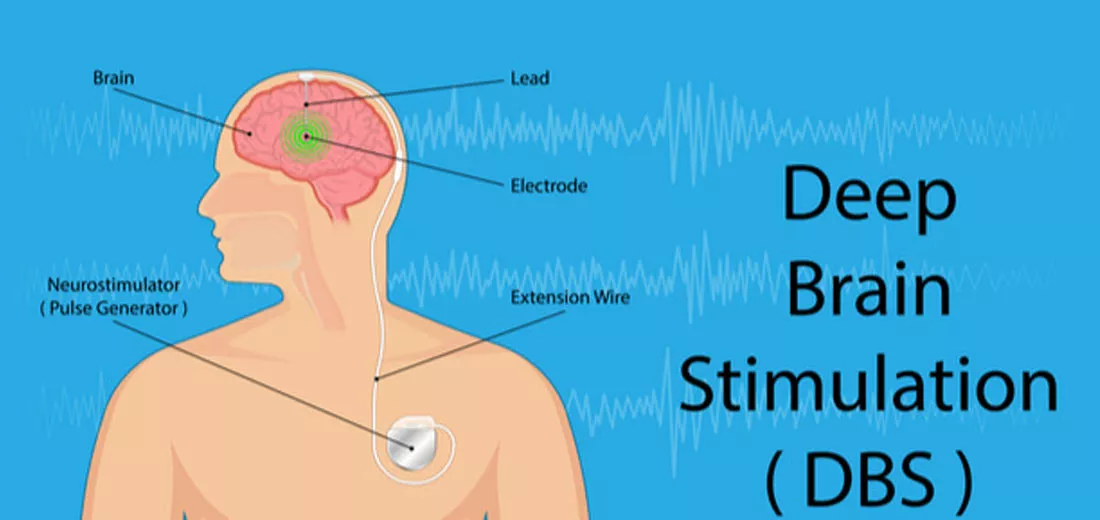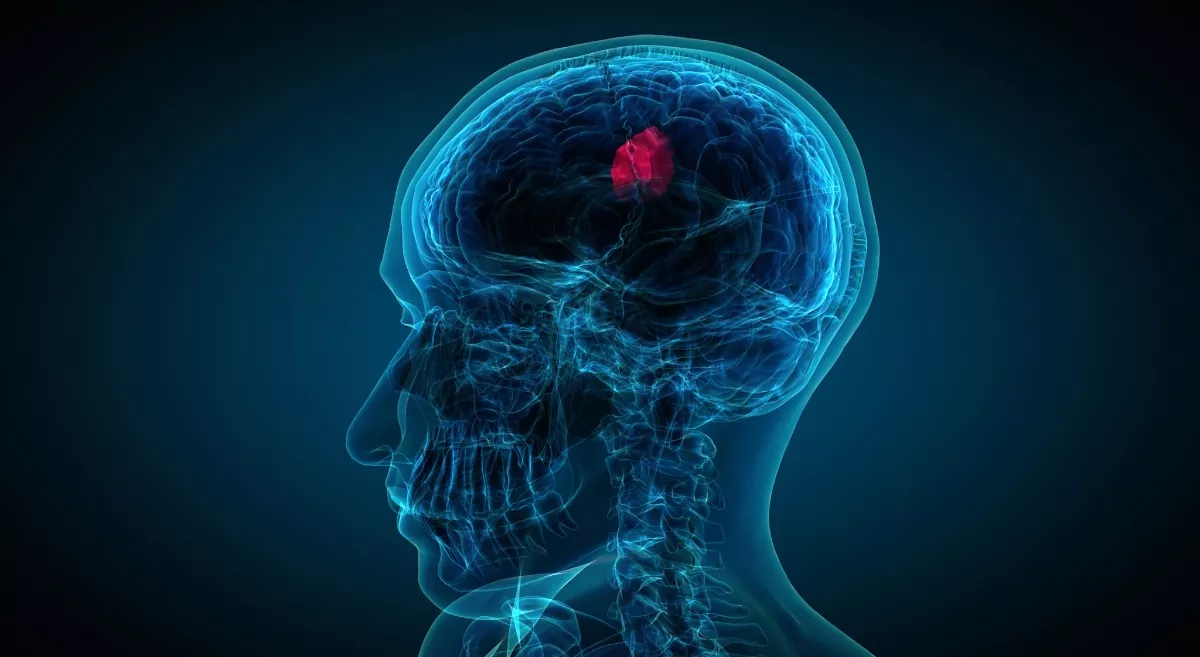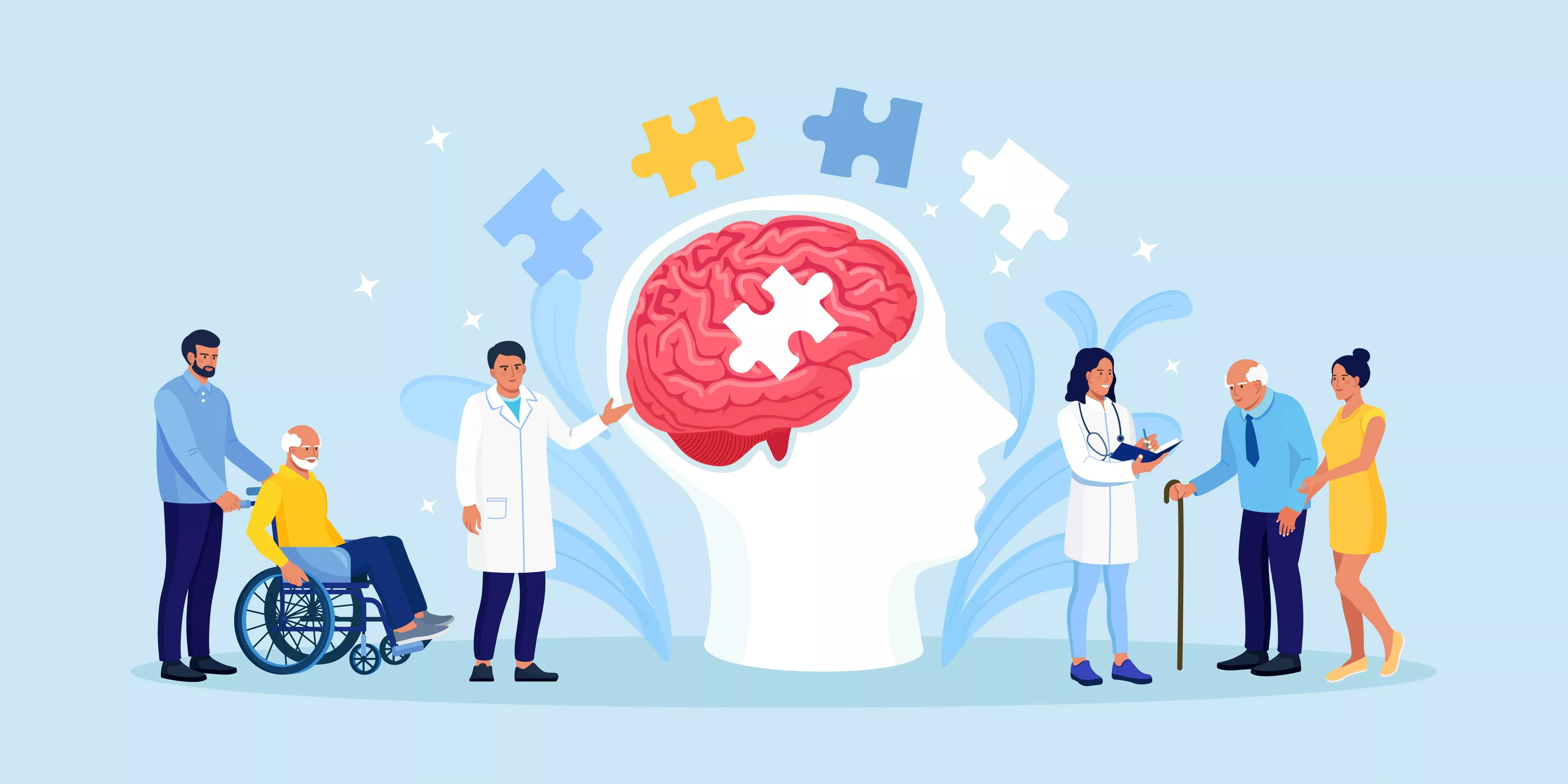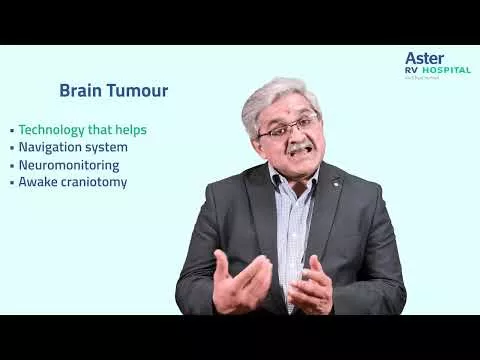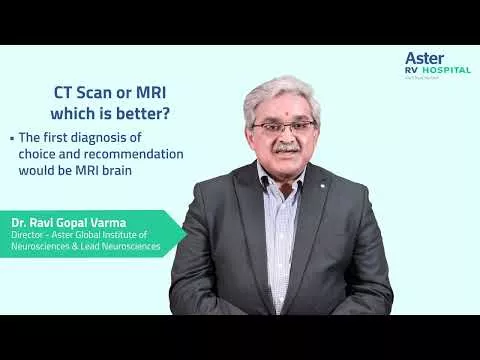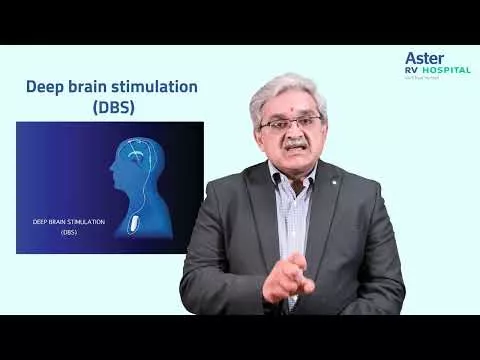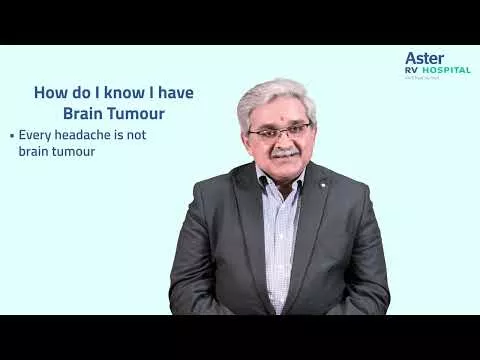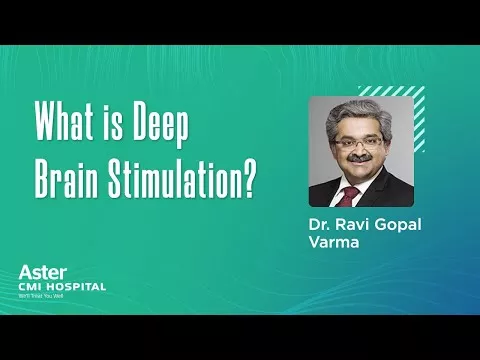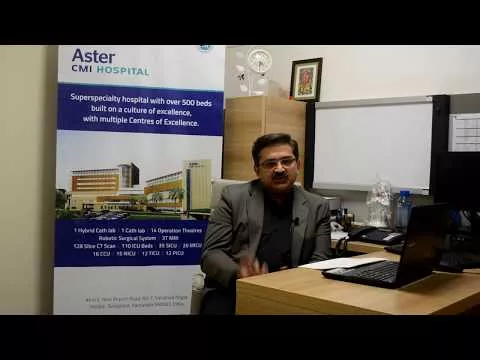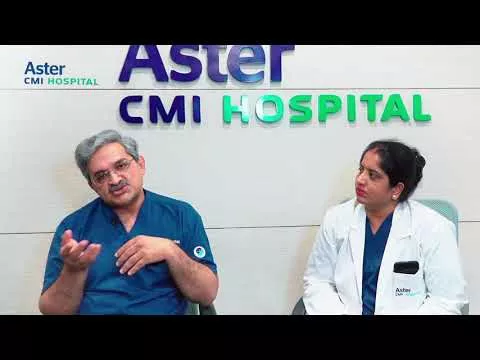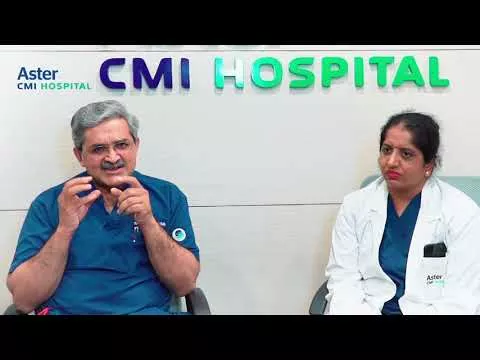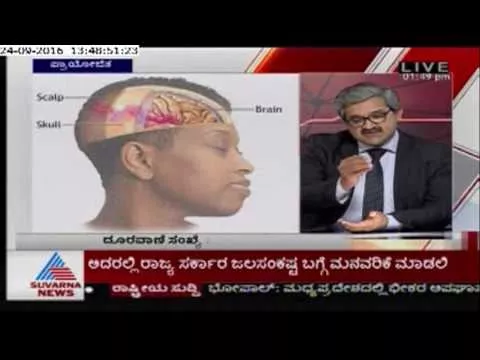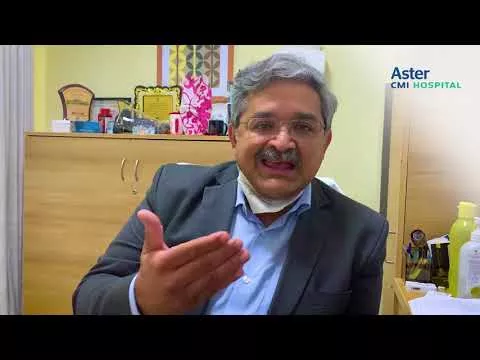What is Deep Brain Stimulation (DBS)?
DBS is a surgical procedure that works for your brain much like a pacemaker for the heart. it involves placing metal electrodes, or leads, at certain target areas of your brain to produce electrical impulses that block or regulate the abnormal brain messages that cause certain motor symptoms associated with parkinson's disease- including tremors, rigidity and bradykinesia (slowed movements).
How does it work?
1. Your neurosurgeon places a thin metal electrode at one of the three possible target areas in your brain: the subthalamic nucleus, thalamus or globus pallidus.
2. The DBS Neurostimulator is placed under the skin of your chest, much like a battery pack.
3. The stimulator and electrodes are connected through wires, or flexible extension cables, underneath your skin.
4. You are given a Patient Programmer. This device allows you to make adjustments to the stimulator settings. you can turn it on and off and check battery levels.
When should I consider DBS Therapy?
As it is a surgical procedure, DBS should be considered only when the side effects of your medication are being a hindrance to daily life.
Watch out for:
- Motor Fluctuations
- Dyskinesia (abnormal rhythmic involuntary movements)
Before deciding, consider:
- Has medication positively impacted your
- Have you experienced clear improvement in motor functions with dopaminergic medication?
- Is there a potential contraindication for surgery, possibly due to severe cognitive deterioration and psychiatric morbidity?
- Do you or your family have unrealistic expectations for surgery?
If your answer to most of these questions is "yes", now may not be the right time for you. but it's never too early to consult us at Aster.
How do you decide if it's time for DBS therapy?
Quality Of Life Slope

1. Oral medications are controlling your symptoms: Start thinking about DBS.
2. Oral medications work, but less effectively: You may want to get started on DBS.
3. Symptoms are no longer responding to oral therapies: Unfortunately, DBS is no longer an option for you.
Visit Aster CMI's DBC Clinic early, so that we can help you take the next step in your treatment.
How can DBS help people with Parkinson's?
DBS can significantly manage and reduce the symptoms of Parkinson's for many years, by improving motor function and movements, allowing you to lead a relatively normal life.

What are the risks?
Safety Profile of DBS Therapy
DBS has been in use for nearly 30 years. Any possible risks and complications are well known and can be easily predicted. It is a relatively safe procedure with minimal risk.
Our DBS Speciality Clinic at hospital can provide you with detailed information on the potential complications and risks involved in the procedure.
Steps in DBS Procedure
1. Consultant with our doctors at Aster
2. If DBS is a treatment option for you, extended examinations are conducted
3. Once it has been established that there are no contraindications, and you have been provided consent, we can proceed to admission for surgery
4. Pre-operative management of medication and preparation are conducted
5. Surgery is performed, and patients are usually kept awake with light sedation, to better test brain functions, effects, and side effects
6. Patients are then are introduced to the DBS neurostimulator, it’s programming, and functional testing
7. Transfer to rehabilitation clinic, if required
8. Regular aftercare for outpatients (at least once a year) and follow up care for inpatients, if needed
